How Retiring Off the Grid Allows This Couple to Live Allergen-Free

Art and Mary are a retired couple who set out to build an energy-efficient, allergen-free home, and ended up retiring off the grid.
They have a massive solar power system for the majority of their electrical needs. They process all their own firewood, and grow and forage a lot of their own food in the summer. Rainwater is collected for watering the gardens. Art and Mary are a really inspiring couple who have learned the best way to live off the grid that fits their lifestyle.
While they didn’t start off with a plan to live off the grid, they ended up there because it fits their need to control the environment that affected Mary’s allergies while cutting costs to allow them to live comfortably.
The couple had a list of priorities, such as having medical care and shopping for essentials close by. They also had a one-floor living design in mind so that they could already be in a stair-free environment if their health warranted it later down the road.
Art and Mary also designed their home to be energy efficient so it’s cool in the summer and warm in the winter without the need for costly air conditioning. Using passive and active solar power for electricity and wood for heating, they have all the comforts of climate control without the huge environmental and financial impact of traditional heating and cooling.
A 200-foot-deep well provides water and a large pressure tank ensures water is always available when needed.
Retiring off the grid
As their journey to retire off the grid progressed, Art and Mary started a blog to document their experiences and also as a way to keep in touch with family. Sharing what they’ve learned about the benefits and challenges of off-the-grid living has become a hobby of theirs while they continue on the path of living independently.
For more off-grid stories, take a tour of this Scandi-style off-grid tiny house on wheels or this off-grid garden on abandoned land.
To see more videos, check out the Exploring Alternatives YouTube channel.
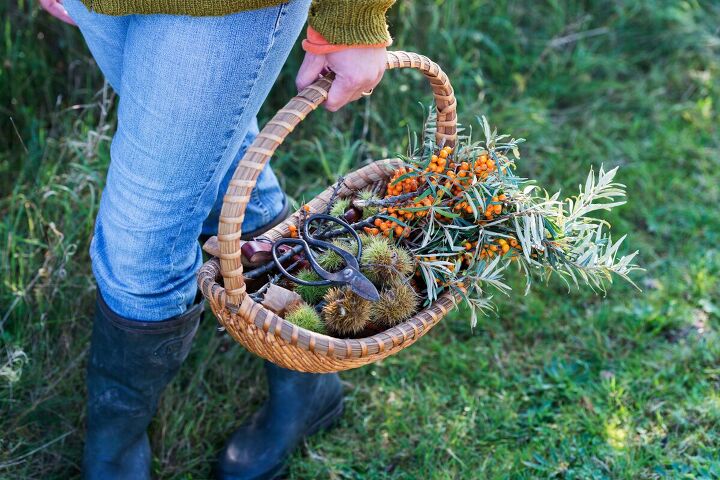

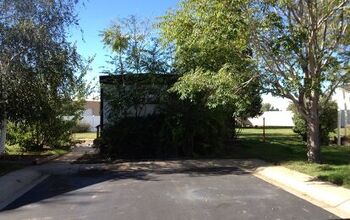



![101 Items to Get Rid of With No Regret [Free Declutter List]](https://cdn-fastly.thesimplifydaily.com/media/2022/08/30/8349390/101-items-to-get-rid-of-with-no-regret-free-declutter-list.jpg?size=350x220)







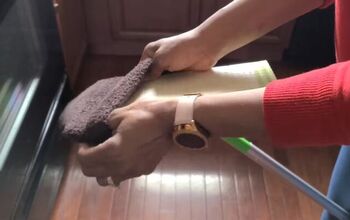
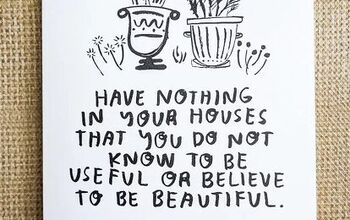


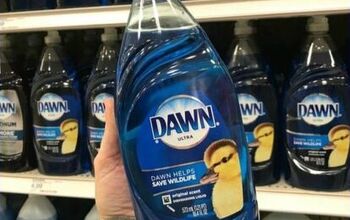
Comments
Join the conversation
Very inspiring